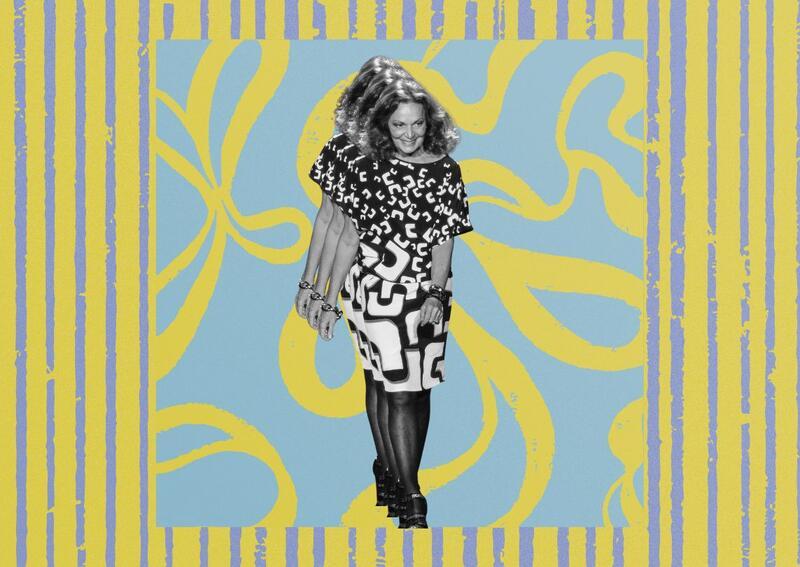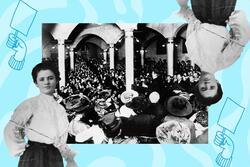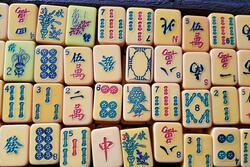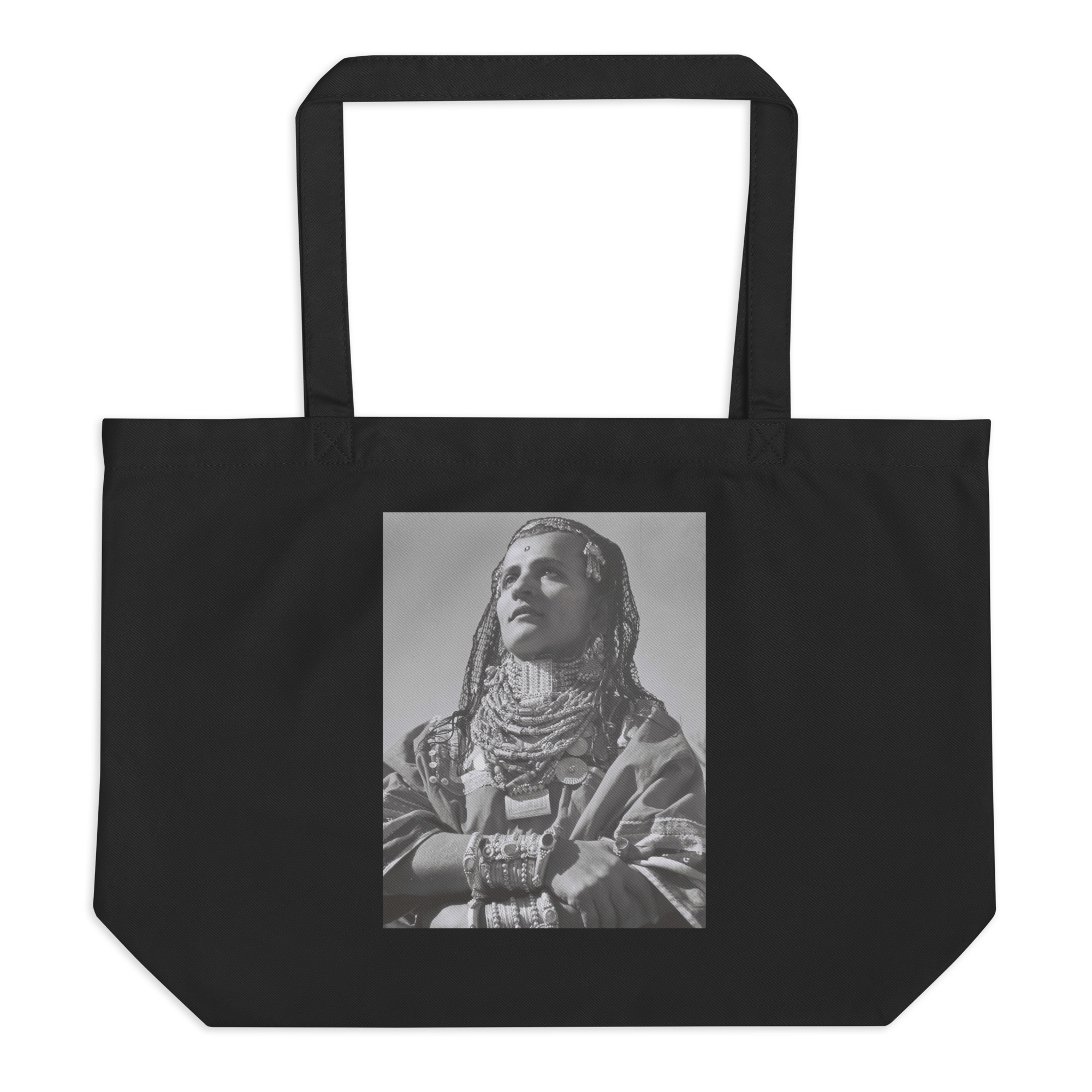The Feminine Power of Diane Von Furstenberg’s Wrap Dress
Last spring, I dragged my mother to two different Targets to find a dress: a beautiful sunset-printed slip dress that made me feel carefree. As I explained to my (aggrieved) mother, however, it wasn't just a dress. It was a dress designed by Diane Von Furstenberg.
Von Furstenberg is a Jewish fashion designer, best known for popularizing the wrap dress. She started her company in 1972, when a woman being the head designer and owner of a fashion house was unheard of. Her signature wrap dresses are made of jersey, have V-necklines, are knee-length, and commonly feature vivacious prints and bold colors.
However, Von Furstenberg’s life did not begin as a glamorous fashion mogul. Her mother was a survivor of Auschwitz and a member of the Resistance and frequently told her that “fear is not an option.” However, Furstenberg describes not truly considering her mother’s status as a Holocaust survivor until her mother called Diane while having a panic attack after hearing men speaking in German, years into Diane’s career.
Von Furstenberg grew up in Belgium, where, as a girl, she felt othered by the fact she had dark curly hair when everyone else was blond. Perhaps existing outside the beauty norm caused her to want to create something beautiful for everyone.
But her designs aren’t just beautiful; they are celebrations of women. Her dresses are affordable and designed to be wearable. A 1974 advertisement for the wrap dress read: “Feel like a woman, wear a dress!” This message might seem retrograde now, but in the 1970s, (white) women in the workforce were seen as an anomaly. Women were encouraged by feminists to wear pants, which were sometimes unflattering and looked down upon. Therefore, Von Furstenberg’s designs had to bridge a delicate gap: feminine but professional.
Diane Von Furstenberg’s dresses gave women a chance to feel beautiful, feminine, and professional. Diane Von Furstenberg herself was a paragon of this balance. Her namesake business was successful and won her a multitude of awards, including the CFDA’s Swarovski Award for Positive Change. She even created her own awards to honor and financially support women who have displayed courage in advocating for causes important to them.
Her pivotal wrap dress, instead of hiding the female body, accentuated it. Additionally, a wrap dress can go from day to night, suggesting that women’s clothing could be both workwear and flirty, another revolutionary concept.
What is even more remarkable is that Von Furstenberg started her business while married to a German count, creating an identity outside the role of a socialite. She didn’t let him define her life’s story. She didn’t want to seem like she was leeching off of her husband, so she decided to create a name for herself immediately after their separation.
Still today, female fashion designers at major fashion houses are relatively rare. Although fashion as an industry is mostly for women, its designers aren't. In fact, women largely have to start their own brands (like von Furstenberg did), since they won’t be given positions (such as Dario Vitale’s appointment to creative director at previously woman-helmed Versace).
Even now, the wrap dress seems modern. There is an aura of self-assurance in the dress. As Diane Von Furstenberg likes to say, her dresses make you feel like a “woman in charge.” When I put my wrap dress on, it is a continuation of the legacy of empowerment.
This piece was written as part of JWA’s Rising Voices Fellowship.







